Andrew Schwartz

Andres Lozano

Alim Louis Benabid

Sujuan Ba, PhD

President and Chief Executive Officer of the National Foundation for Cancer Research (NFCR). One of the top 300 Women Leaders in Global Health.
Robert Hariri
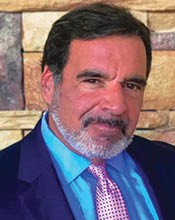
Dr. Hariri pioneered the use of stem cells to treat a range of life-threatening human diseases and continues today to make transformative contributions in the fields of immuno-oncology and cell therapeutics along with tissue engineering and functional regeneration. He is widely acknowledged for his discovery of pluripotent stem cells derived from the human placenta, and as a member of the team that discovered the physiological activities of tumor necrosis factor (TNF). Dr. Hariri and his team of scientists were the first to obtain FDA approval to use its cryopreserved allogeneic, off-the-shelf Natural Killer (NK) cell therapy to treat COVID-19 infected adults. He holds over 170 issued and pending patents for discoveries including placenta-derived stem cells, which Nature recognized as one of the ten most important patent estates in the field. He has authored over 150 published chapters, articles, and abstracts. Dr. Hariri was the recipient of the Pontifical Medal for Innovation awarded by Pope Francis in 2018 for his discovery of placental stem cells and advances in immunotherapy and regenerative medicine. Dr. Hariri twice received the Thomas Alva Edison Award for invention, in 2007 and 2011, and is a recipient of the Children’s Brain Tumor Foundation’s Fred J. Epstein Lifetime Achievement Award. Dr. Hariri was recipient of the Genius of New Jersey Award in 2019 and over the years has received numerous other honors for his many contributions to the fields of biomedicine and aviation. Dr. Hariri is an Adjunct Professor of Neurosurgery and member of the Board of Overseers of the Weill Cornell Medical College and a former member of the board of visitors of the Columbia University School of Engineering and Applied Sciences, and the Science & Technology Council of the College of Physicians and Surgeons. He is a member of the X PRIZE Foundation scientific advisory board for the Archon X PRIZE for Genomics. Dr. Hariri is a trustee and vice-chair of the Liberty Science Center. In 2010 he was appointed a Commissioner of Cancer Research by New Jersey Governor Chris Christie. Dr. Hariri completed his undergraduate training at Columbia University School of Engineering and Applied Sciences and Columbia College. He received his M.D. and Ph.D. degrees from Cornell University, where he was the recipient of both the Julian R. Rachele Award and the Doctoral Dissertation Award. He was a surgical resident and fellow in neurosurgery at The New York Hospital-Cornell Medical Center and served as an Assistant Professor of Neurosurgery and Associate Research Professor of Surgery at Cornell and Co-director of the Aitken Laboratory in Neurosurgery.
Aaron G. Filler
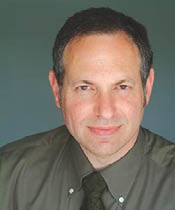
Dr. Aaron Filler is the world’s leading expert in treatment of nerve pain. He has revolutionized nerve-pain treatment by inventing several new technologies. One such technology, MR Neurography, enables doctors to use an MRI scanner to examine nerves, previously a difficult-to-impossible tissue to visualize with MR imaging. Dr. Filler’s research in axonal transport is leading to a whole new generation of advanced pain medications. He has developed many new “minimal access” surgery methods that allow him to treat complex nerve problems with small outpatient surgeries. He has also pioneered the use of the Open MRI scanner to do surgeries and other therapies with the ultra-high precision and safety of the magnetic resonance imaging.
Kuldip Sidhu

Warren Grundfest
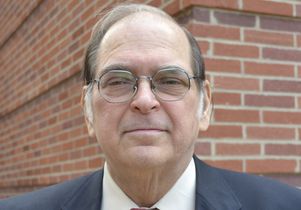
Heavily involved in SPIE conferences as a chair, committee member, and presenter since the early 90s, Grundfest was active in the earliest iterations of SPIE BiOS and, along with SPIE Fellow Abraham Katzir, was that symposium’s founding chair. Grundfest was appointed an SPIE Fellow in 1996. “The death of Warren Grundfest is a great loss to the biomedical optics community,” said Katzir, a professor of physics at Tel Aviv University. “Warren assisted me in establishing the SPIE conferences on optics in biology and medicine more than 30 years ago. Using his wide network of researcher and physicians, he paved the road to vibrant conferences. The current success of the SPIE BiOS meetings is largely due to his vision.” Grundfest was a surgeon as well as a pioneer in minimally invasive surgery, using X-ray, ultrasound, optical, and magnetic resonance imaging techniques. With his team at UCLA, his most recent work was investigating opportunities to further reduce invasiveness of cardiovascular, ophthalmologic, orthopedic, urological, and neurosurgical surgeries by utilizing terahertz imaging, laser-based destruction of bacteria, MRI-Ultrasound image fusion combined with targeted laser ablation, and advanced optical diagnostics. As well as being a founding chair of SPIE BiOS, Grundfest served as chair from 1998 through 2003, and was a member of the symposium’s planning committee in 2004. In addition, he had been a chair of the Advanced Biomedical and Clinical Diagnostic and Surgical Guidance Systems (ABCDSGS) conference – part of BiOS – since 1998. He published nine papers in SPIE’s Journal of Biomedical Optics, and authored over 100 papers in SPIE Conference Proceedings. “Warren was passionate about translating light-based technologies to clinical practice,” said Anita Mahadevan-Jansen who, alongside Grundfest and Tuan Vo-Dinh co-chaired the Advanced Biomedical and Clinical Diagnostic and Surgical Guidance Systems conference. “He believed in biophotonics and what it could do for the practice of medicine and surgery, and served our community in every aspect possible. Despite his deteriorating health, if he could physically make it, he attended Photonics West each year and chaired sessions. More importantly, he sought to engage the speakers, encouraging them to think about the clinical aspects of their research. He routinely served as a grant reviewer and was that rare panel chair who read every proposal under review. For me personally, Warren was an inspiration and a mentor, helping me navigate through the tricky pathways of commercial and clinical translation. He provided insight into how industry, as well as how clinicians, think; his advice has been critical to the success of my own research.” Grundfest received his BA from Swarthmore College in 1974, and his MD from Columbia University in 1980. He completed his General Surgery Residency at UCLA, 1980-82, and was Cedar-Sinai Medical Center’s General Surgery Chief Resident from 1982-85. A Fellow of the American College of Surgeons, American Institute of Medical and Biological engineering, the American Society for Laser Medicine and Surgery, and International Society for Endovascular Surgery, in 2012, Grundfest was appointed to the FDA Science Advisory Board. There, he served on the Subcommittee for the Center for Devices & Radiological Health, which provides scientific advice to the FDA director, and reviews regulatory science issues as well as programs of the FDA. As part of BiOS at Photonics West, Grundfest initiated and led special FDA-focused sessions during which SPIE hosted a panel of FDA staffers sharing their advice and knowledge with conference attendees. In 2014, he was selected by the American Institute for Medical and Biological Engineering (AIMBE) as the recipient of the institute’s highest honor, the Pierre Galletti Award, in recognition of Grundfest’s “seminal contributions as a surgeon, inventor, and educator. Through activities with AIMBE, TATRC [the US Army’s Telemedicine and Advanced Technology Research Center], NIH, FDA, SPIE, IEEE, OSA, and other medical societies, he has promoted the critical role of medical and biological engineering in healthcare advances.”
Ferenc A. Jolesz
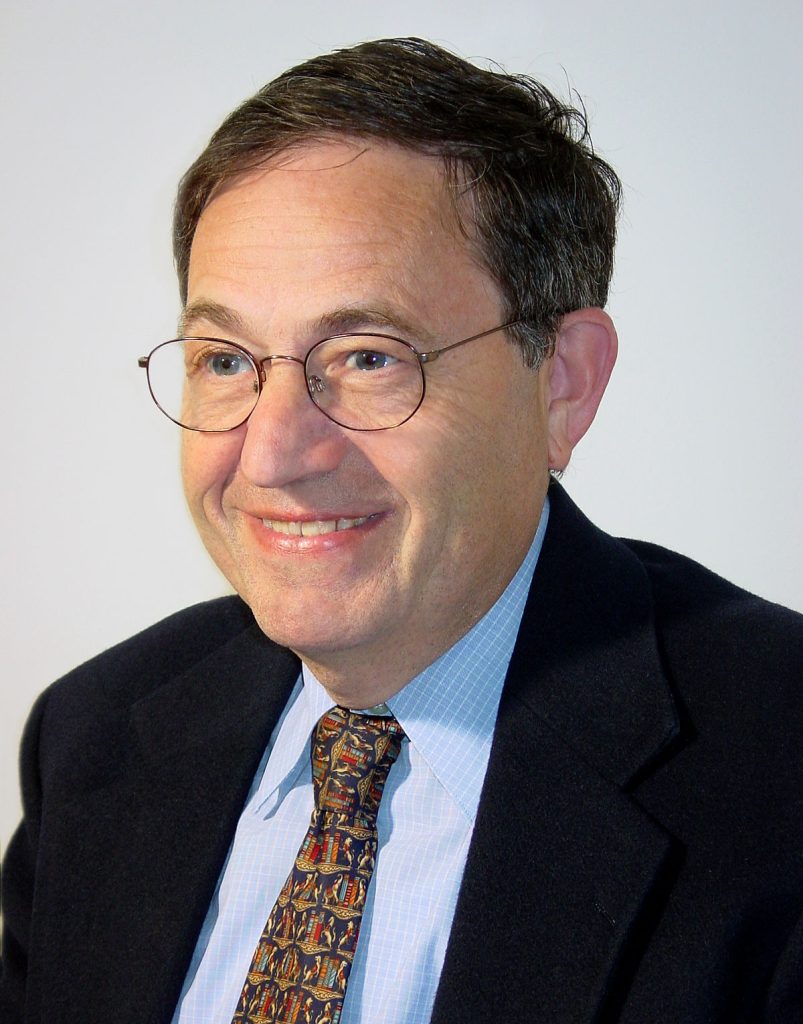
Jolesz became director of the Division of Magnetic Resonance Imaging at The Brigham and Women’s Hospital in 1988, and in 1989, associate professor of radiology at Harvard Medical School. In 1993, he established the Image-Guided Therapy Program at The Brigham and Women’s Hospital to advance the use of imaging for enhancing minimally invasive surgical procedures and other means of therapy delivery. The program includes the Surgical Planning Laboratory, the Focused Ultrasound Surgery Laboratory, and intraoperative imaging suites. In 1998, Jolesz was appointed the first incumbent B. Leonard Holman Chair in Radiology at Harvard Medical School, and in 2000, was appointed Vice Chair for Research for the Department of Radiology at The Brigham and Women’s Hospital. In 2001, he was named director of the Advanced Imaging Center of Harvard Medical School’s NeuroDiscovery Center. The broad focus of Jolesz’s research was the integration of imaging technologies into a variety of medical disciplines beyond the traditional role of Radiology. He drew from the areas of basic and clinical neuroscience, imaging physics, MRI, three-dimensional medical visualization, robotics, computer vision, and therapy delivery technologies to pioneer a wide variety of clinical techniques in image-guided therapy. He cultivated basic research in each of these areas and integrated the results with the goal of augmenting the physician’s ability to deliver treatment to his or her patient. Where they did not previously exist, Jolesz spearheaded the development and implementation of highly novel approaches to image processing and analysis, visualization, and navigation techniques for improving the diagnosis and treatment of neurologic and oncologic diseases. He then combined the most promising results into research clinical systems where new procedures could be developed, evaluated and refined. Jolesz initiated and led an academic industrial partnership of clinical and technical colleagues in designing and developing the first magnetic resonance image-guided unit for image-guided brain tumor resection that was installed at The Brigham and Women’s Hospital in 1993. The team, consisting of members of the departments of Radiology and Otorhinolaryngology and the neurosurgical service at BWH and industrial collaborators from General Electric Medical Systems, developed and built an entire operating suite built around a specially-designed 0.5 Tesla MRI scanner that allowed ongoing patient scans to be obtained during a surgical procedure. Information from the scans, including imaging data registered with three-dimensional models created from pre-operative imaging, was available to the surgical team to help guide the procedure.[4] The system became known as MRT (for Magnetic Resonance Therapy) at BWH and commercialized by GE Medical Systems as the GE Signa SP.
Robert W. Thatcher
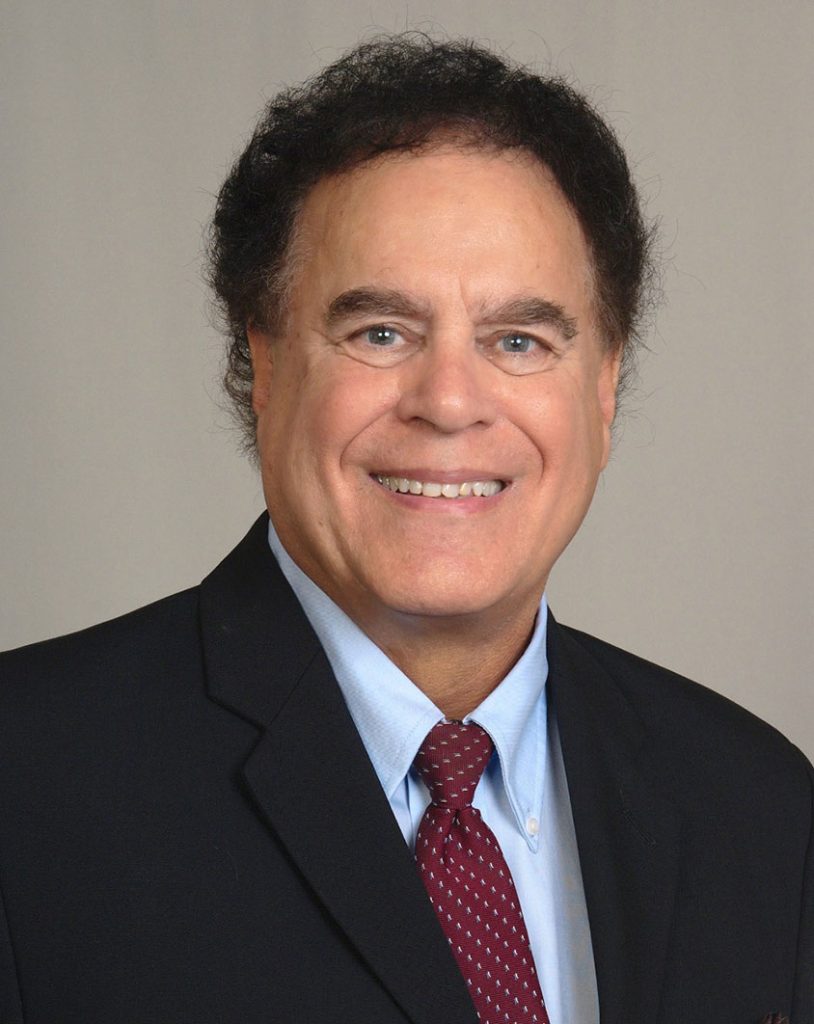
Robert W. Thatcher, Ph.D. received a bachelor’s degree in chemistry from the University of Oregon and a Ph.D. degree in Psychology/Biopsychology from the University of Waterloo before completing postdoctoral fellowships in Neurobiology and Neurophysiology at Albert Einstein College of Medicine and New York Medical College. In 1973 Dr. Thatcher was appointed as Assistant Professor of Psychiatry at New York Medical College and in 1977 as an Associate Professor of Psychiatry at New York University School of Medicine. In 1979 Dr. Thatcher was appointed as a professor of Psychiatry and Director of the QEEG service at Shock Trauma, University of Maryland before joining the National Institutes of Health in 1991 as the Program Manager for the integration of 128 channel EEG with MRI, PET and SPECT. Dr. Thatcher was the director of the NeuroImaging Laboratory at the Bay Pines VA Medical Center, Bay Pines, FL from 1993 to May 2006. As the principal investigator for the Department of Defense Head Injury Program (DVHIP) Dr. Thatcher over saw the collection and analysis of quantitative EEG from over 1,500 head injured patients which also involved the integration of EEG with MRI. Dr. Thatcher’s professional affiliations include being a board member of the American Board of Electroencephalography and Clinical Neurophysiology, a National Institute of Health Scientific advisory board member for the Human Brain Project, an executive board member of the EEG and Clinical Neuroscience Society and was a board member of the International Society for Neurofeedback. He is involved in collaborative research with several major medical centers as well as ongoing clinical applications of qEEG and EEG biofeedback as part of the Resilience Program of the US Army at Fort Campbell. He is currently on the Board of Directors for the Society for Human Brain Mapping and Therapeutics (SBMT) and is the chair for the MEG/EEG track of the SBMT). He has been the recipient of the Hans Berger Award of Merit (AAPB Neurofeedback Division) and the Life Time Achievement Award for work in the scientific specialty of QEEG (ISNR) and The Pioneer in Medicine award by the Society for Human Brain Mapping and Therapeutics (2020). He is currently the Founder and CEO of Applied Neuroscience, Inc. and the Director of Applied Neuroscience Research Institute, St. Petersburg, Florida. Dr. Thatcher is certified as an expert in both conventional electroencephalography and quantitative electroencephalography (QEEG), has read over 20,000 EEGs, and has written or supervised the writing of over 10,000 clinical EEG cases. He has extensive mathematical and programming experience as well as organizational leadership skills. He is the author of over 200 publications, including eight books. His most recent books are Thatcher, R.W. and Lubar, J.F. (Editors (2014) “Z Score Neurofeedback: Clinical Applications” and the “Handbook of Quantitative Electroencephalography and EEG Biofeedback, 2nd Edition.
